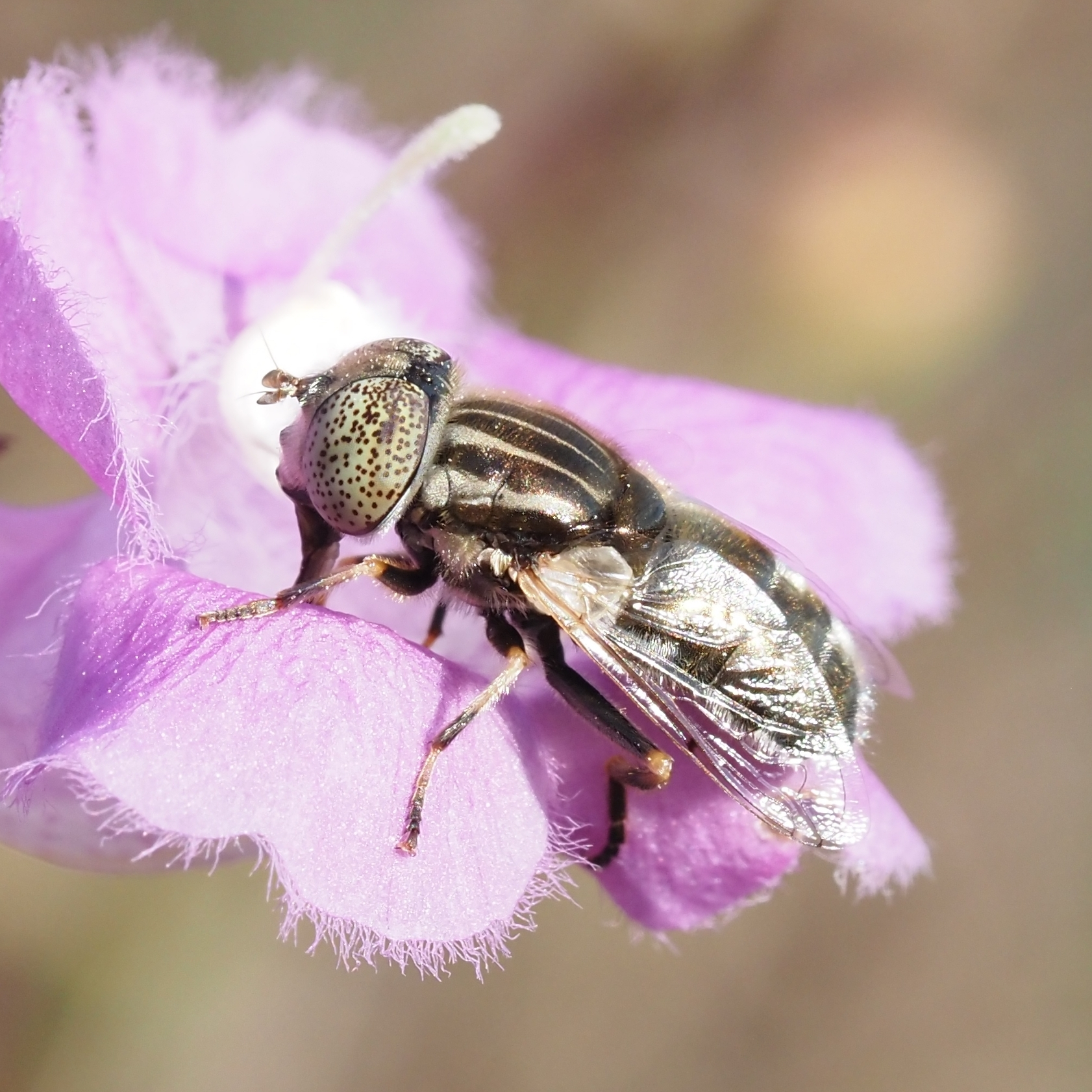Event JSON
{
"id": "9ac156277b26274e08d52b7d0a19c9106cbcada91afca8ffdd5dc270bdbe73c8",
"pubkey": "941946f3cf93b3a00e4dae63ac443b06142ada17dac564978178ff7246cf83e2",
"created_at": 1731028114,
"kind": 1,
"tags": [
[
"t",
"insects"
],
[
"t",
"fridayflyday"
],
[
"imeta",
"url https://ecoevo.social/system/media_attachments/files/113/444/624/473/577/671/original/6ce892c46eefb2da.png",
"m image/png"
],
[
"proxy",
"https://ecoevo.social/@rspfau/113444658513861697",
"web"
],
[
"t",
"pollinators"
],
[
"proxy",
"https://ecoevo.social/users/rspfau/statuses/113444658513861697",
"activitypub"
],
[
"L",
"pink.momostr"
],
[
"l",
"pink.momostr.activitypub:https://ecoevo.social/users/rspfau/statuses/113444658513861697",
"pink.momostr"
],
[
"-"
]
],
"content": "I found this Common Lagoon Fly (Eristalinus aeneus) on one of my favorite flowers--False Foxgloves. The white eyes with brown spots are what draw me to these flies. It's a type of hover fly (flower fly, syrphid) and is an efficient pollinator of food plants. The larvae are reared to increase the numbers of adult pollinators in agricultural systems. The larvae live in semi-aquatic environments (including sewage lagoons) and feed on bacteria and organic debris.\n\n#FridayFlyDay #insects #pollinators\nhttps://ecoevo.social/system/media_attachments/files/113/444/624/473/577/671/original/6ce892c46eefb2da.png\n",
"sig": "1d89f10abdc8ada4f33c7f5d7942e66baa0641685cd4f731f84310c2b06d71d56564e338c0f00edb7089a1e92ff637a225e6f707c0e71ae5278fda43ed9b275a"
}

